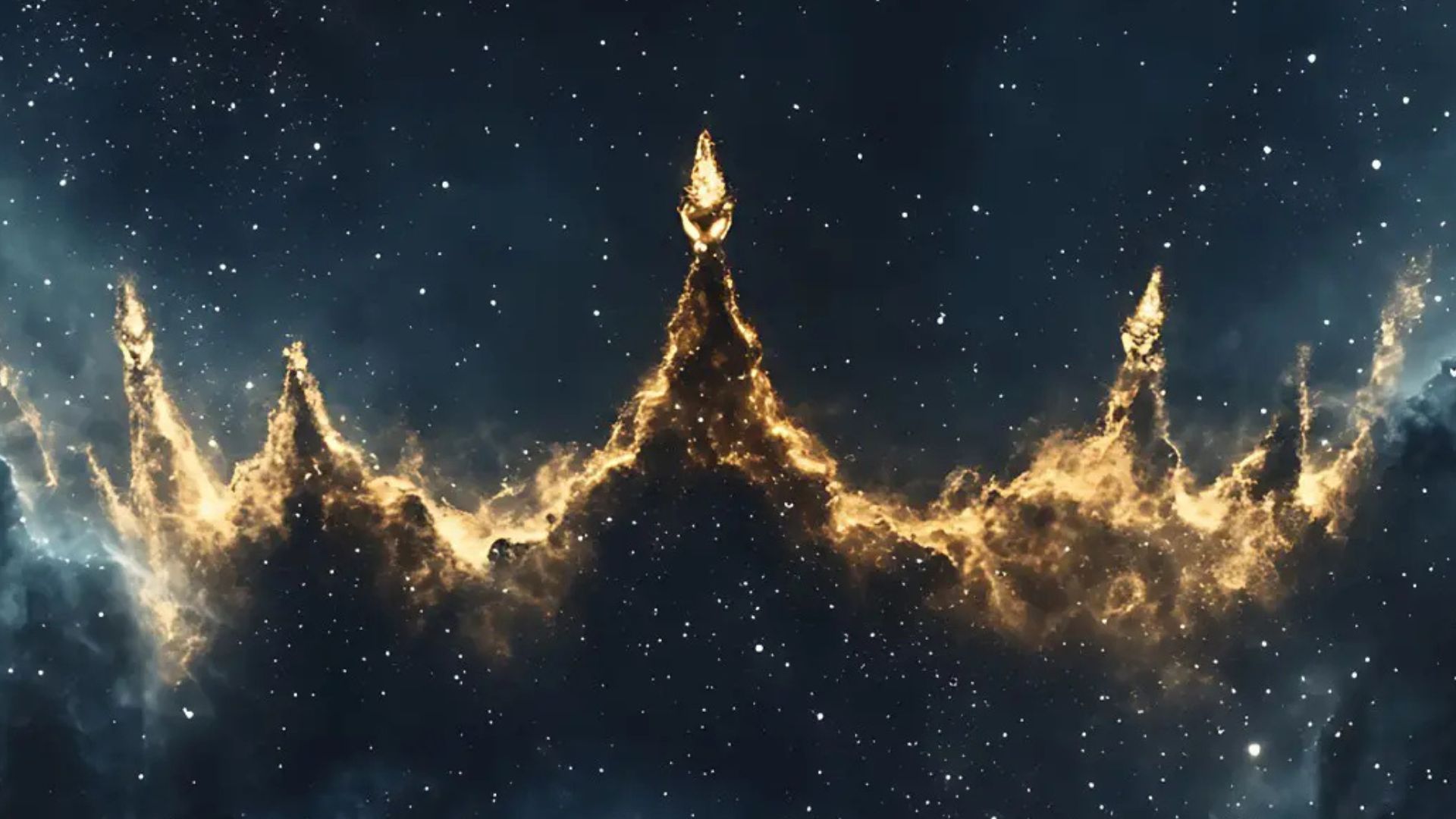Astrochemists have long been baffled by the scarcity of molecular sulfur in space.
Sulfur is the tenth most abundant element in the universe, and one of the key building blocks for planets, stars, and life itself.
However, previous observations have consistently revealed far less sulfur in its molecular form than predicted in space. It’s like a key ingredient has gone missing from the cosmic recipe.
Now, an international team of researchers suggests that the missing sulfur is not gone, but rather hiding in interstellar ice.
The study was conducted by an international team that included astrochemist Ryan Fortenberry of the University of Mississippi, chemistry professor Ralf Kaiser of the University of Hawaii at Mānoa, and computational chemist Samer Gozem of Georgia State University.
The curious case of sulfur
The cosmic puzzle of missing molecular sulfur has long vexed astrochemists, who are well aware of the element’s general abundance in the universe.
The mystery has persisted for years, with Professor Kaiser noting, “The observed amount of sulfur in dense molecular clouds is less – compared to predicted gas-phase abundances– by three orders of magnitude.”
This discrepancy has led researchers to question where such a fundamental element could be lurking.
The new study helps to decode this enigma by suggesting that in the frigid conditions of space, sulfur atoms can bond together to form two “stable configurations” on the surface of icy dust grains.
One is an octasulfur crown, a ring made of eight sulfur atoms. The other is a polysulfane, which is a chain of sulfur atoms linked by hydrogen atoms.
These formations can trap sulfur in a solid state within the ice, which explains why it can’t be easily detected in the usual gas-phase measurements.
Moreover, sulfur’s molecular structure is constantly changing. The element doesn’t maintain a consistent shape, shifting between configurations like crowns and chains.
“It never maintains the same shape. It’s kind of like a virus – as it moves, it changes,” Fortenberry said.
Because sulfur’s bonds are so unstable, it’s a challenge to detect them with standard methods used by telescopes such as the James Webb.
While these telescopes excel at detecting elements like oxygen, carbon, and nitrogen, sulfur’s signal has remained stubbornly weak.
These telescopes rely on stable, gaseous molecules that emit distinct spectral signatures, which sulfur doesn’t consistently provide.
Star-forming regions
However, the new research offers fresh insights.
Astronomers now have a clear roadmap for future research, thanks to the team’s identification of sulfur‘s stable forms in ice.
The study suggests that a reservoir of sulfur likely exists within these icy regions of interstellar space.
“Laboratory simulations of interstellar conditions such as this study discover possible inventories of sulfur–containing molecules that can be formed on interstellar ices,” the author added.
Now, astronomers can use powerful radio telescopes to concentrate their search on star-forming regions.
Professor Kaiser elaborated on the next steps: “Astronomers can then utilize the results and look for these polysulfane molecules in the interstellar medium via radio telescopes once sublimed into the gas-phase in star-forming regions.”
In these energetic environments, the icy molecules are expected to sublimate, transitioning directly from a solid to a gas, potentially releasing the trapped sulfur in detectable forms.
The findings could help advance understanding of the universe’s chemistry and the supply of elements needed for planets.
The results were published in the journal Nature.
